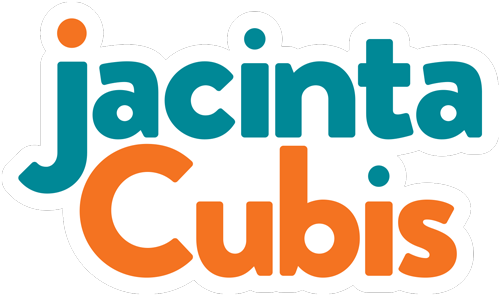Lead with a sticky note mindset
When I left my job to start my own practice a colleague’s parting words smarted.
‘Have fun with your sticky notes.’
Unkind. Unhelpful. Incorrect. Ignorant.
I wish I had Dana Brownlee at my side then. As she said in a recent article in Forbes, ‘…facilitation skills are the superpower that flies under the radar.’
Imagine if a facilitator said that 😳.
Lee is a keynote speaker, trainer and workplace anti-racism expert. ‘Facilitator’ isn’t listed in her bio, but her deep understanding of the skills involved shows she facilitates a lot.
Lee runs through some of the problems that facilitators solve. I’ve added some of my own.
The purpose of our meeting or workshop is unclear or mixed.
Our outcomes are uncertain.
Packed agendas that don’t leave space for thinking and discussion.
Dysfunctional behaviour in groups.
Dominant participants.
Partial or silent participants.
Conversations that go down rabbit holes, or off the rails.
We stick the same old formula when working with groups.
We’re not getting constructive information or valuable ideas from groups.
We can’t make decisions, or they are made by a few and not owned by the group.
I’ll stop there otherwise this article will turn into a book. There are many more but it’s the impact of these problems that should stop us in our tracks.
❓ How much time and effort do we waste?
❓ How many decisions do we shelve?
❓ How many projects do we delay?
Sticky notes alone can’t solve these problems, but they are an indicator that a conversation will be generative, inclusive and participatory.
That was recognised by my CEO after I’d convened a workshop within a few weeks of starting in my new role. She observed that we’d just stepped up to a whole new level in thinking about our stakeholders. There were sticky notes all over the walls.
So, if you’re a leader, arm yourself with a sticky note mindset and go lead a balanced conversation where:
The purpose is clear.
We can see where we are headed.
A thoughtfully created structure - not just an agenda – is in place to get us there. We feel safe to talk and explore.
People connect before we ask them to work together.
Unhelpful behaviour is called out.
Engaging and varied processes allow everyone to contribute in a way that suits them.
We are brought back to the purpose if the conversation goes off track.
Different perspectives are appreciated and understood.
We build up to the big questions, the main work – we don’t leap into it cold.
Heated, tricky and hard discussions are worked with to keep the group engaged, listening and to keep working towards achieving their purpose.
If you'd like some ideas on how to do this, ask me for a copy of my 12 Tips to facilitate productive groups. Just email me with TIPS in the subject line.
Thanks Dana Brownlee for the article that should be part of every business school curriculum and leadership course and for my best of both worlds buddy Rebecca Sutherns for sharing it. Scroll down for the link to the article if you missed it.
Lee says that she’s often ‘the only one in the room’ who has the facilitation skills to get a group session back on the rails. There’s a great capability benchmark. How many of us can get a group session back on track? I’d love to hear.


